Leopard geckos, with their distinctive spotted patterns and docile temperament, have become one of the most popular reptile pets worldwide. While many reptile enthusiasts have observed these fascinating creatures becoming more active as the sun sets, there’s much more to understand about their activity patterns than meets the eye. Their sleep cycles not only reveal important evolutionary adaptations but also provide crucial insights for proper care in captivity. As we explore the nocturnal nature of leopard geckos, we’ll discover how their activity patterns have been shaped by millions of years of evolution in harsh desert environments, and what this means for those who keep these charming reptiles as pets.
The Natural Habitat of Leopard Geckos
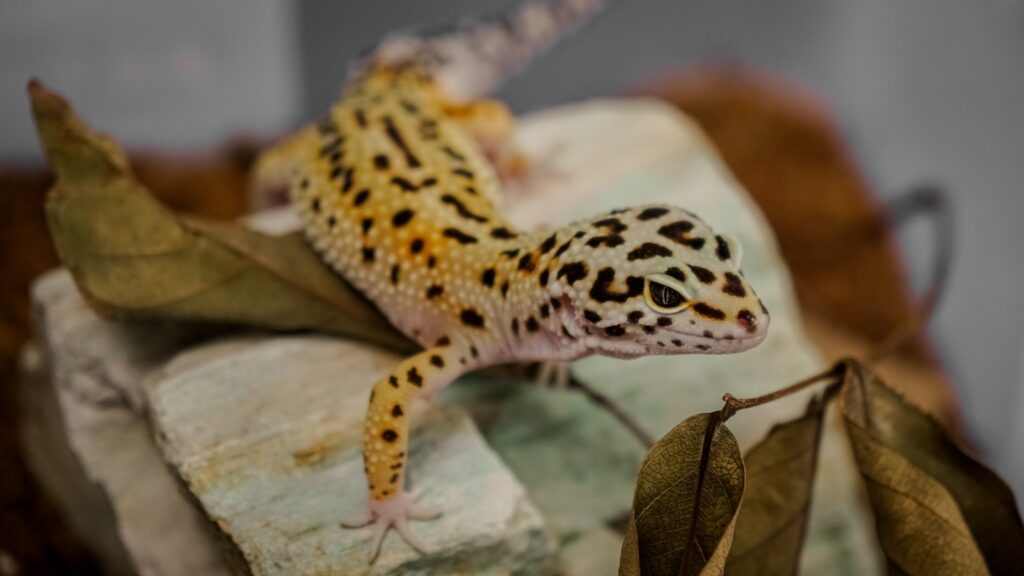
Leopard geckos (Eublepharis macularius) originate from the arid regions spanning from parts of Afghanistan, Pakistan, northwestern India, and Iran. These harsh desert and semi-desert environments experience extreme temperature fluctuations, with scorching daytime heat often exceeding 100°F (38°C) and significantly cooler nights. The rocky terrain of these regions offers limited shelter from the intense desert sun, making daytime activity potentially dangerous for small reptiles. Over millions of years, leopard geckos have adapted to this challenging environment by developing a primarily nocturnal lifestyle, allowing them to avoid the most extreme daytime temperatures. This evolutionary adaptation has shaped not just their activity patterns but also their physical characteristics, including their distinctive vertical-slit pupils that maximize vision in low-light conditions.
Defining Nocturnal, Diurnal, and Crepuscular Behaviors
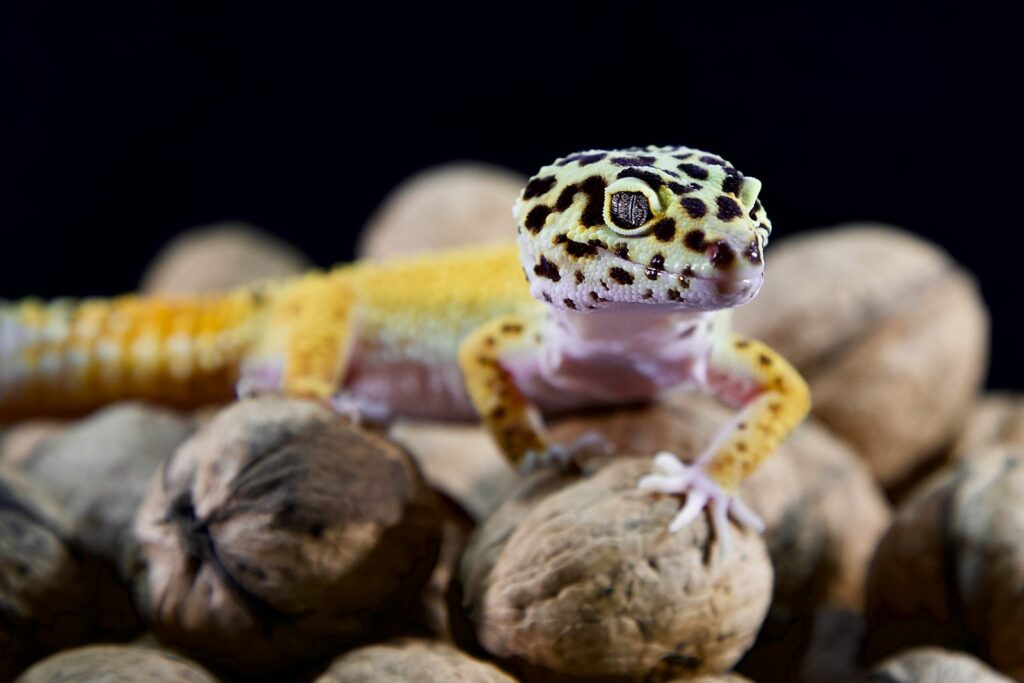
To understand leopard gecko behavior, it’s important to distinguish between three primary activity patterns observed in animals. Nocturnal animals are most active during the night hours and typically sleep during the day—a pattern common among many desert-dwelling species that helps them avoid daytime heat. Diurnal creatures follow patterns more familiar to humans, being active during daylight hours and resting at night. Crepuscular animals present a fascinating middle ground, showing peak activity during dawn and dusk—the twilight periods—when light levels are low but visibility remains sufficient. Many predators and prey species have evolved crepuscular behavior as it offers advantages like avoiding both nocturnal and diurnal predators. Understanding these distinctions becomes crucial when examining the sometimes complex and adaptable behavior of leopard geckos.
Are Leopard Geckos Truly Nocturnal?
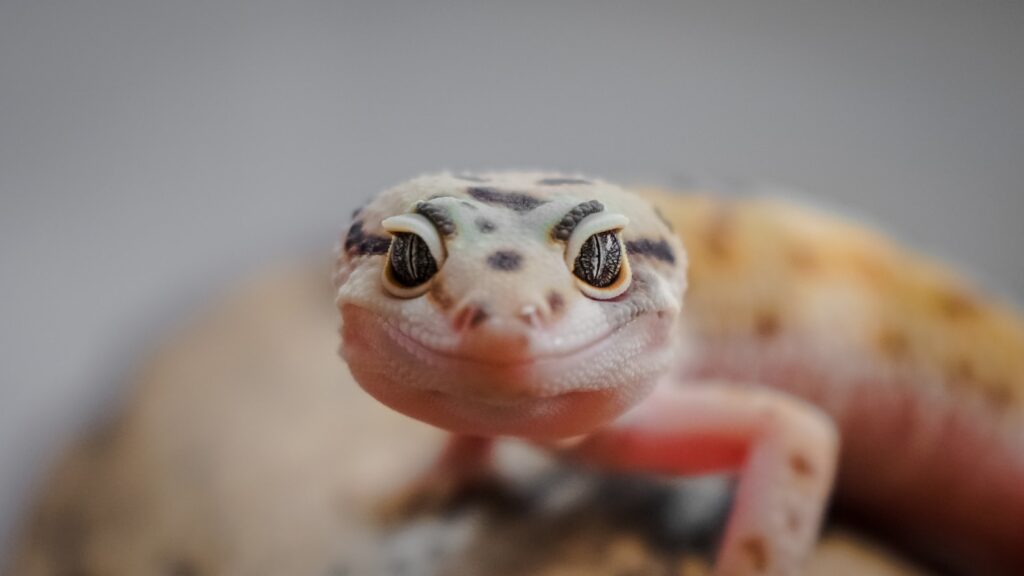
While leopard geckos are widely described as nocturnal, their behavior in both wild and captive settings reveals a more nuanced activity pattern that many herpetologists now classify as primarily crepuscular with nocturnal tendencies. In their natural habitat, these geckos typically emerge from their daytime hiding spots during twilight hours when temperatures begin to cool but some light remains. They often continue activity well into the night, hunting insects and exploring their territory. This behavior is particularly pronounced during warmer months when nighttime temperatures remain comfortable for cold-blooded activity. Interestingly, captive leopard geckos may show more flexible activity patterns than their wild counterparts, sometimes adapting to their owners’ schedules and becoming active during unusual hours when they anticipate handling or feeding. Despite these adaptations, their biological predisposition remains oriented toward activity in low-light conditions.
Physical Adaptations for Nighttime Activity
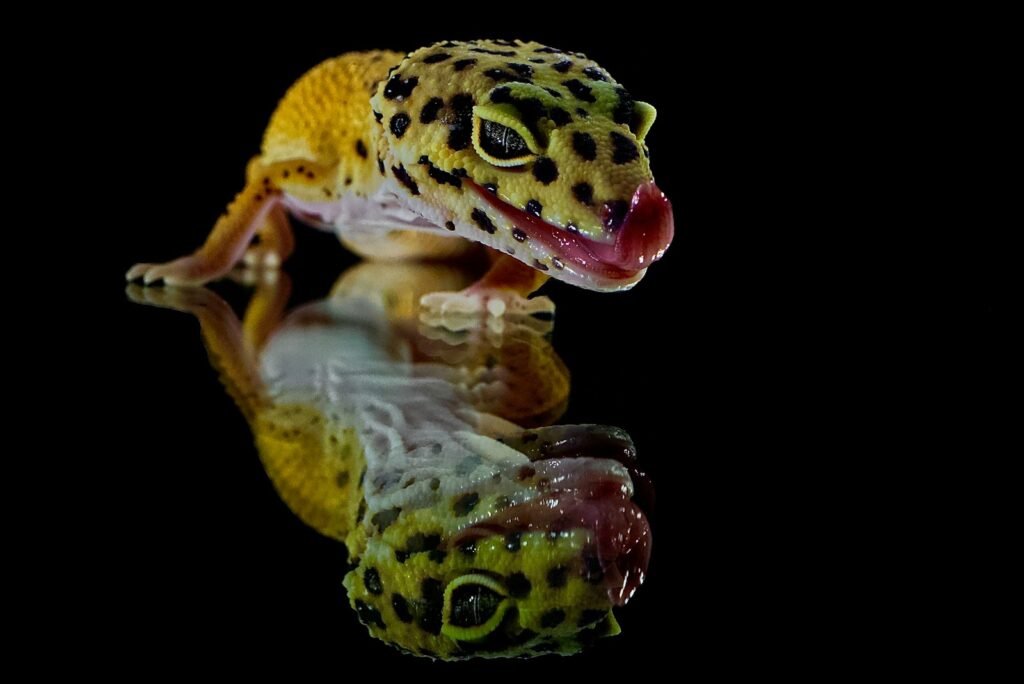
Leopard geckos possess several physical characteristics that clearly indicate their evolutionary adaptation to low-light activity. Their most notable feature is their large, expressive eyes with vertical pupils that can dilate dramatically in darkness, allowing them to gather maximum available light and detect even the slightest movements of potential prey. Unlike many other gecko species, leopard geckos have movable eyelids that protect their eyes during daytime rest and while burrowing in substrate. Their hearing is also highly developed, with sensitive ears capable of detecting the subtle sounds made by small insects—a crucial advantage when hunting in near darkness. Additionally, leopard geckos possess specialized toe pads that, while not as adhesive as those of some arboreal gecko species, provide excellent traction on varied surfaces as they move quietly through their nighttime environment. These adaptations collectively form a suite of traits perfectly suited for a predator active during low-light conditions.
The Circadian Rhythm of Leopard Geckos
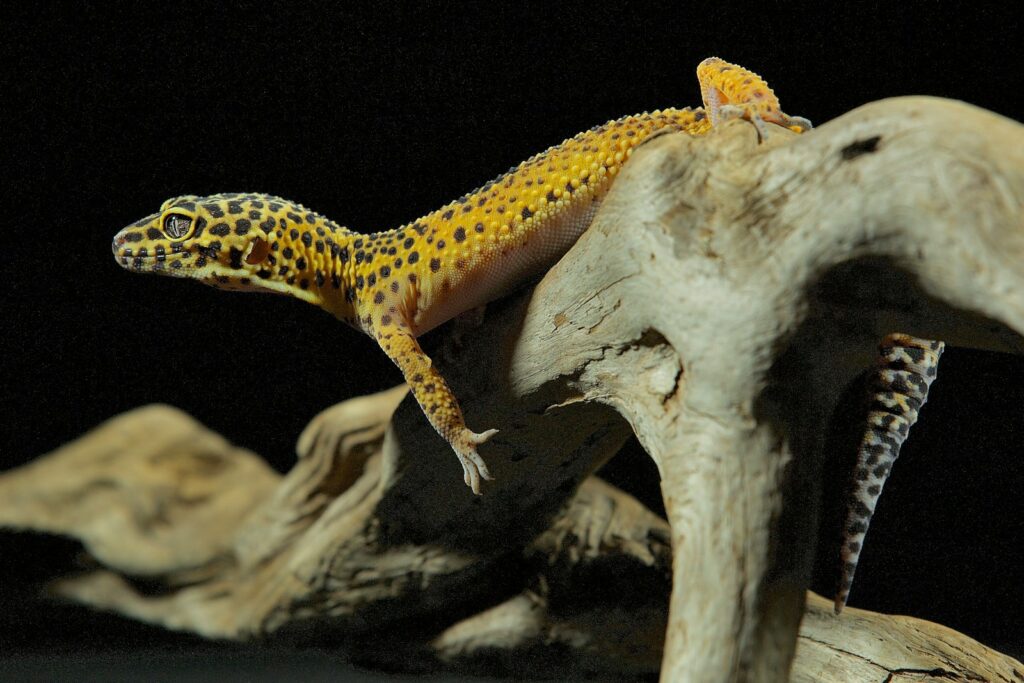
Like most living organisms, leopard geckos possess an internal biological clock known as a circadian rhythm that regulates their sleep-wake cycles and various physiological processes. This internal timing mechanism is synchronized primarily by the daily cycle of light and darkness, helping geckos anticipate environmental changes rather than merely reacting to them. Research has shown that even when kept in complete darkness, leopard geckos will maintain approximate 24-hour activity cycles for several days before their rhythms begin to drift, demonstrating the robustness of this internal clock. Hormonal fluctuations, particularly of melatonin, play a key role in regulating this rhythm, with production increasing during daylight hours when the gecko is typically at rest. Environmental temperature also serves as an important secondary zeitgeber (time-giver), helping to fine-tune the gecko’s activity patterns in response to seasonal changes in their natural habitat.
Seasonal Variations in Activity Patterns

Leopard gecko activity patterns show notable seasonal variations that reflect their adaptation to changing environmental conditions throughout the year. During the hottest summer months in their native range, these geckos may become primarily nocturnal, restricting most activity to the coolest night hours when temperatures become more favorable for hunting and exploration. In contrast, during spring and fall seasons when day-night temperature differences are less extreme, they often display more pronounced crepuscular behavior, being most active during dawn and dusk. Winter brings another shift as falling temperatures in their native habitat may trigger a period of brumation—a reptilian state similar to hibernation but less intense—during which their metabolism slows significantly and activity decreases dramatically. Captive leopard geckos kept in temperature-controlled environments may show less pronounced seasonal variations, though many still experience reduced activity during winter months, suggesting an innate seasonal rhythm independent of temperature.
Hunting and Feeding Behaviors
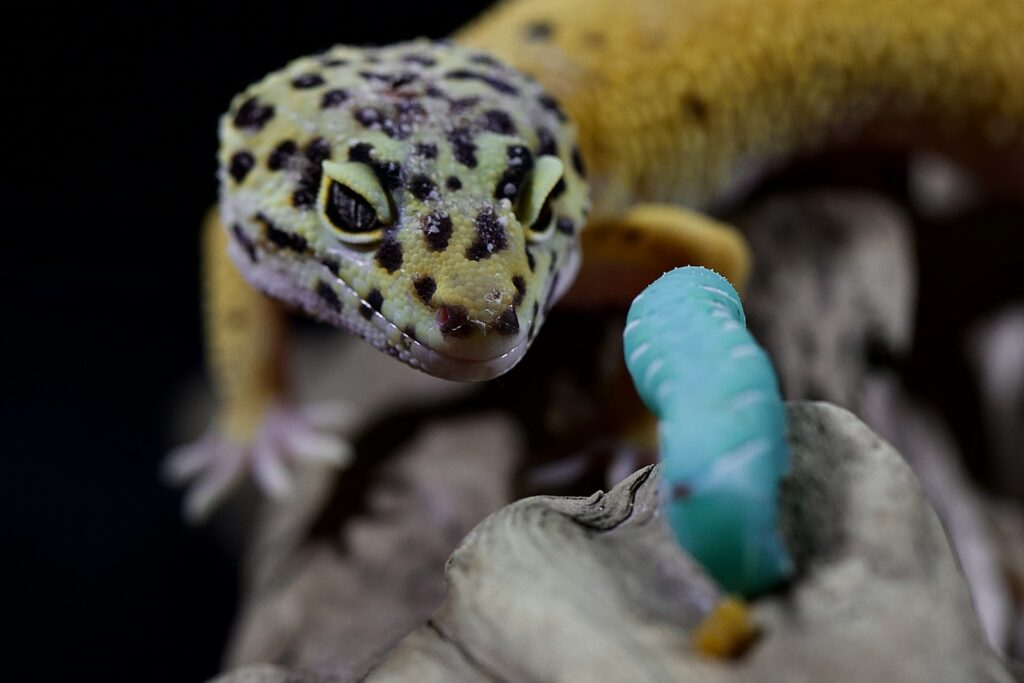
The nocturnal and crepuscular tendencies of leopard geckos are perhaps most evident in their hunting behaviors, which are exquisitely adapted for low-light predation. Unlike many insectivorous lizards that rely heavily on vision to detect prey, leopard geckos employ a multi-sensory approach that serves them well in darkness. They combine their excellent low-light vision with acute hearing to detect prey movements and vibrations, often remaining motionless before executing a precise strike. Unlike many diurnal predators that pursue prey actively, leopard geckos typically employ an ambush strategy, waiting patiently for insects to come within striking range. Their hunting activity typically peaks during the first few hours after sunset when many insects become active but before temperatures drop significantly. This timing maximizes both prey availability and the gecko’s own physical performance, as they function optimally within specific temperature ranges.
Captivity and Altered Sleep Cycles
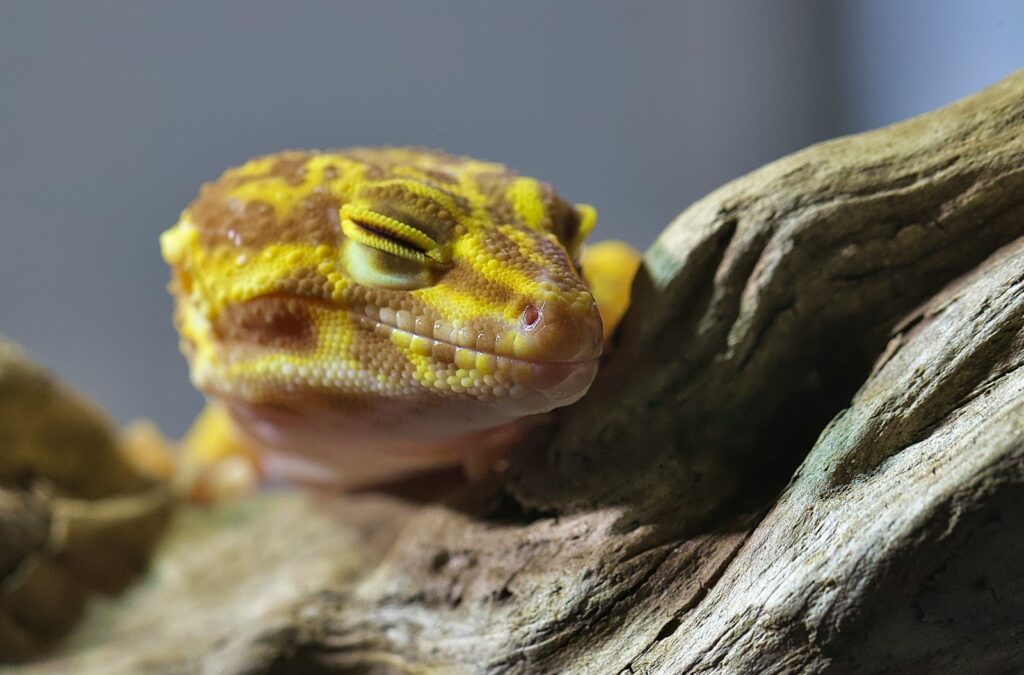
Leopard geckos kept as pets often demonstrate fascinating adaptations in their activity patterns that differ from their wild counterparts. While their biological predisposition remains oriented toward crepuscular and nocturnal activity, many captive specimens show remarkable behavioral plasticity, sometimes adjusting their schedules to align with their human caretakers’ routines. Geckos that are regularly handled or fed during daylight hours may begin to anticipate these interactions, becoming more active during typically inactive periods. Environmental factors in captivity—such as consistent artificial lighting, stable temperatures, and regular feeding schedules—can significantly influence these adaptations. However, it’s important to note that forcing leopard geckos to become active during bright daylight hours can cause stress and discomfort due to their evolutionary adaptations for low-light activity. Their vertical pupils, while excellent for night vision, cannot constrict sufficiently to fully protect against bright daytime illumination, potentially causing discomfort and stress.
Creating Appropriate Lighting for Captive Leopard Geckos

Understanding the naturally crepuscular and nocturnal tendencies of leopard geckos should directly inform lighting choices for their captive habitats. Unlike many diurnal reptiles that require intense UVB lighting to synthesize vitamin D3, leopard geckos have evolved to receive minimal UV exposure in the wild and can typically process dietary vitamin D3 efficiently. A lighting cycle that mimics natural day-night patterns is ideal, with 10-12 hours of low to moderate illumination followed by complete darkness. During daylight hours, ambient room lighting or a low-wattage bulb is often sufficient, while specialized “moon lights” or very dim red bulbs can be used for evening viewing without disrupting the gecko’s perception of nighttime. More important than bright daytime lighting is the provision of a proper thermal gradient, with a warm basking area reaching about 90°F (32°C) during the day and cooling to around 70°F (21°C) at night. This temperature cycle, more than light itself, helps maintain the gecko’s natural rhythms and supports critical biological functions.
Signs of Sleep Cycle Disruption in Leopard Geckos
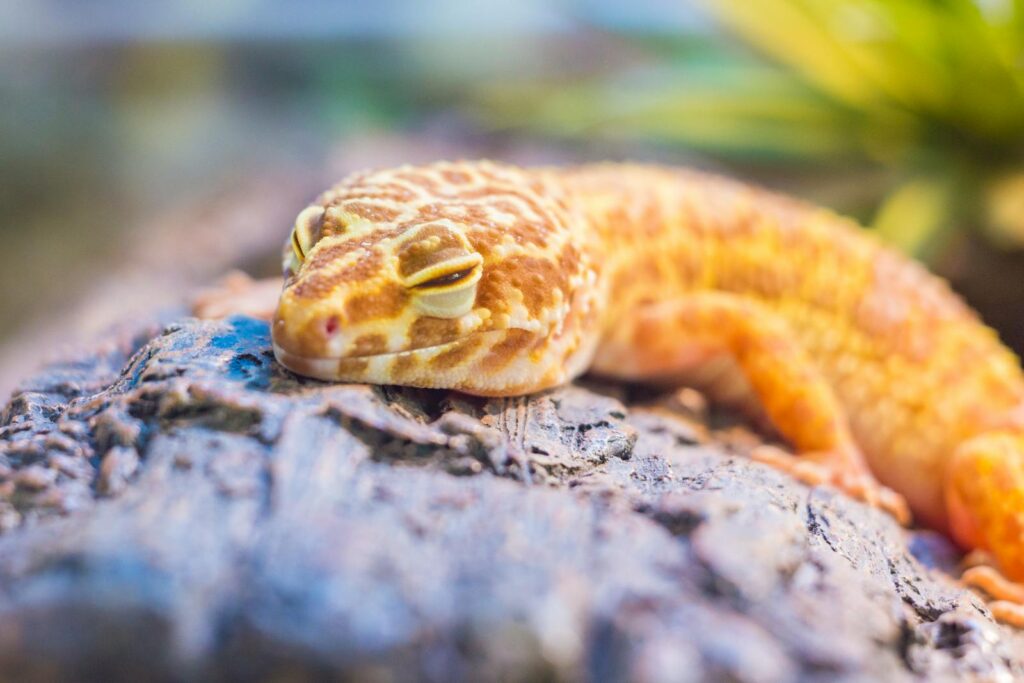
While leopard geckos can adapt somewhat to captive conditions, significant disruptions to their natural sleep-wake cycles can lead to observable signs of stress and potential health issues. A gecko experiencing sleep cycle disruption may demonstrate increased hiding behavior, even during their typical active periods, as they seek shelter from uncomfortable lighting conditions. Appetite suppression often accompanies sleep disturbances, with affected geckos showing reduced interest in food or irregular feeding patterns. Physical manifestations can include unusually pale coloration, which often indicates stress in leopard geckos, or excessive time spent with eyes tightly closed even in appropriate lighting conditions. Behavioral changes like increased aggression, unusual lethargy during normal activity periods, or frantic activity during what should be rest periods can also signal disrupted circadian rhythms. Addressing these issues typically requires evaluating and adjusting the terrarium’s lighting schedule, intensity, and spectrum to better align with the gecko’s evolutionary expectations.
Health Implications of Respecting Natural Sleep Cycles
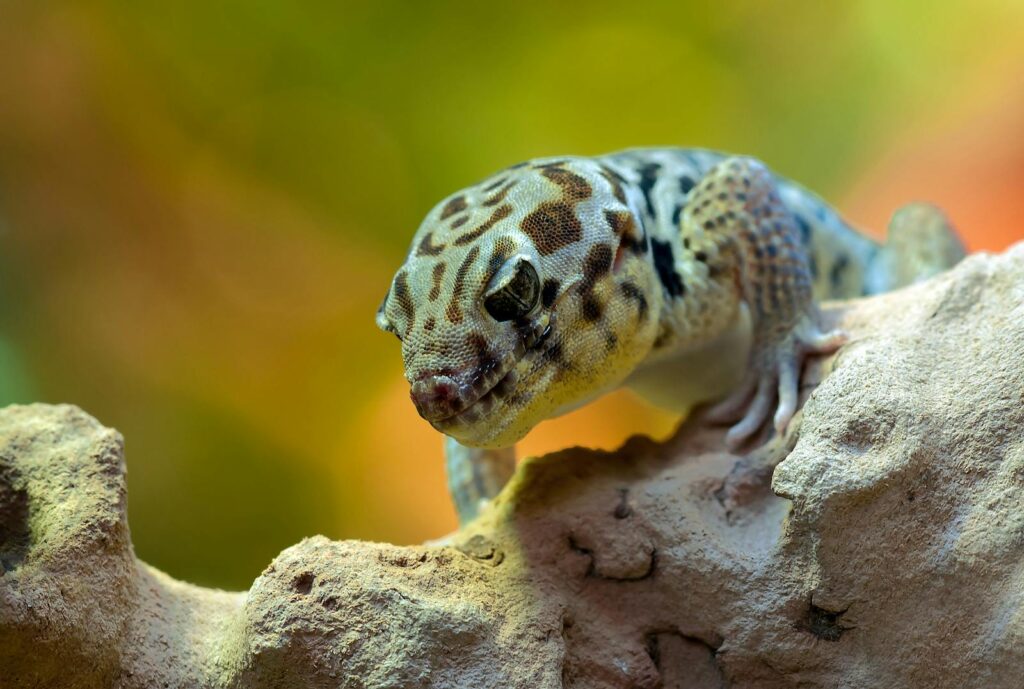
Respecting the evolutionary adaptations of leopard geckos by maintaining appropriate light-dark cycles plays a crucial role in their overall health and longevity in captivity. Chronic disruption of natural sleep cycles can lead to immunosuppression, as proper rest is essential for immune function in virtually all vertebrates including reptiles. Metabolic disorders may develop when geckos are regularly active during periods when their bodies are biologically programmed for reduced metabolism and rest. The stress of inappropriate lighting can contribute to reproductive issues, with female geckos potentially developing egg-binding or producing infertile eggs when their hormonal cycles are disrupted by irregular light exposure. Perhaps most significantly, chronic sleep disturbance is associated with reduced lifespan in many species, including reptiles, making proper light cycle management a cornerstone of responsible leopard gecko husbandry. These health implications underscore the importance of creating captive environments that respect the natural biological rhythms of these remarkable reptiles.
Providing Hide Spots: Crucial for Day Sleeping
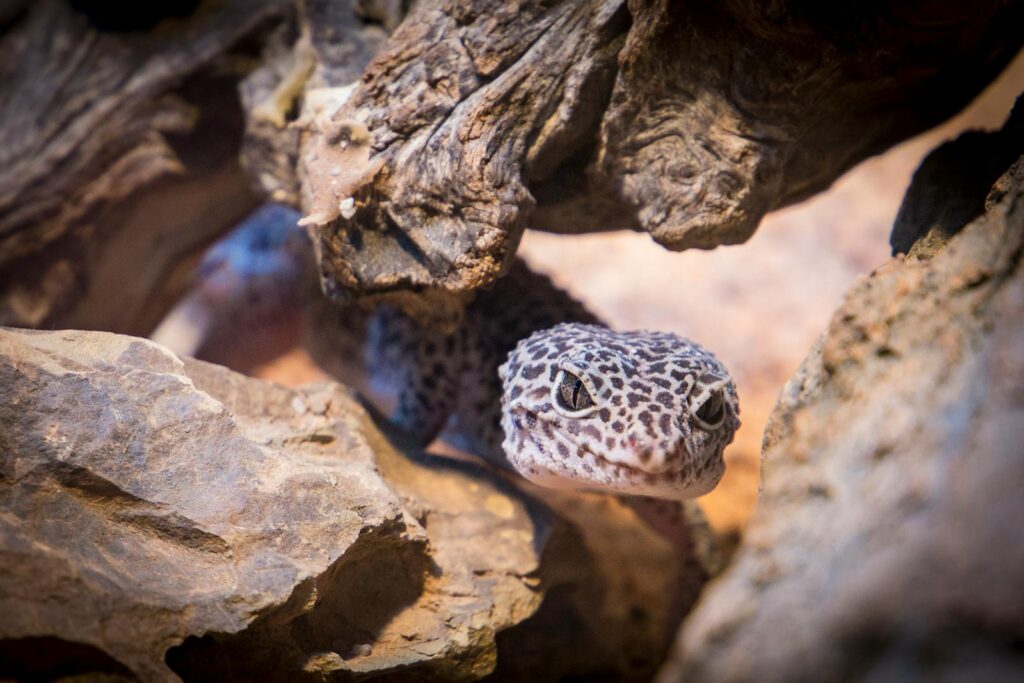
Given their natural tendency to seek shelter during daylight hours, providing adequate hiding spots is perhaps one of the most critical aspects of leopard gecko husbandry. In their natural habitat, these geckos spend daylight hours concealed in rock crevices, animal burrows, or beneath vegetation, emerging only when light levels decrease. A properly designed leopard gecko habitat should include at least three distinct hide options: a warm hide positioned over the heat source, a cool hide on the opposite side of the enclosure, and a humid hide containing moisture-retaining substrate such as sphagnum moss. These varied microenvironments allow the gecko to self-regulate both temperature and humidity exposure while remaining concealed during rest periods. The psychological security provided by adequate hiding spots directly impacts stress levels, with geckos lacking sufficient shelter often showing elevated stress hormones, reduced appetite, and compromised immune function. The hides should be just large enough for the gecko to fit comfortably but snug enough to provide the sense of security these animals instinctively seek.
What Leopard Gecko Sleep Patterns Tell Us About Evolution
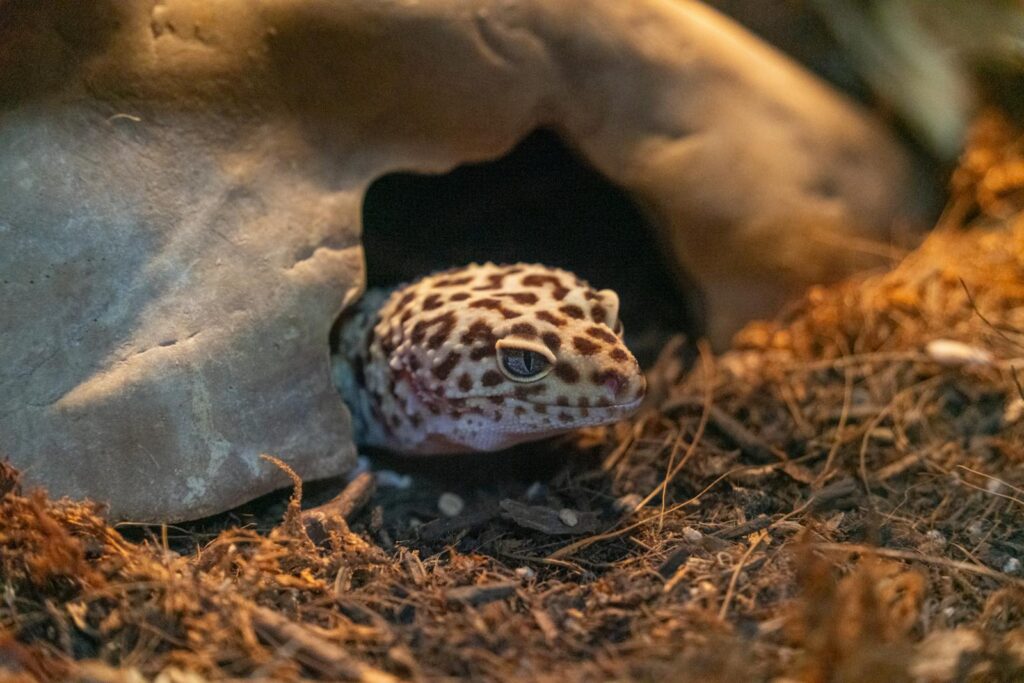
The crepuscular and nocturnal tendencies of leopard geckos offer fascinating insights into evolutionary adaptation and the powerful influence of environmental pressures on species development. Their activity patterns represent a sophisticated evolutionary response to the harsh desert environments of their native range, where daytime activity would expose them to both extreme heat and increased predation from diurnal hunters like birds of prey. The vertical pupil structure evolved as a trade-off, sacrificing some daytime visual acuity for superior night vision and light gathering ability—a worthwhile exchange for a predator active primarily in low light. From a broader evolutionary perspective, leopard geckos exemplify convergent evolution, as similar activity patterns and adaptations have independently evolved in numerous unrelated desert species facing similar environmental challenges. These evolutionary adaptations remind us that animal behavior is not random but represents finely-tuned responses to specific ecological niches developed over millions of years—adaptations that should inform how we approach the care of these animals in captivity.
Leopard geckos have evolved a primarily crepuscular and nocturnal lifestyle as a sophisticated adaptation to the harsh desert environments they inhabit naturally. Their specialized physical features—from vertical pupils to sensitive hearing—bear testament to millions of years of evolution favoring low-light activity. While these fascinating reptiles demonstrate remarkable adaptability in captivity, sometimes adjusting their schedules to human routines, their biological programming remains oriented toward activity during twilight and nighttime hours. For responsible pet owners, understanding and respecting these natural rhythms isn’t merely academic—it directly impacts the health, longevity, and wellbeing of these charismatic reptiles. By creating environments that honor their evolutionary heritage through appropriate lighting cycles, temperature gradients, and secure hiding spots, we can ensure these remarkable creatures thrive in our care while expressing their natural behaviors.

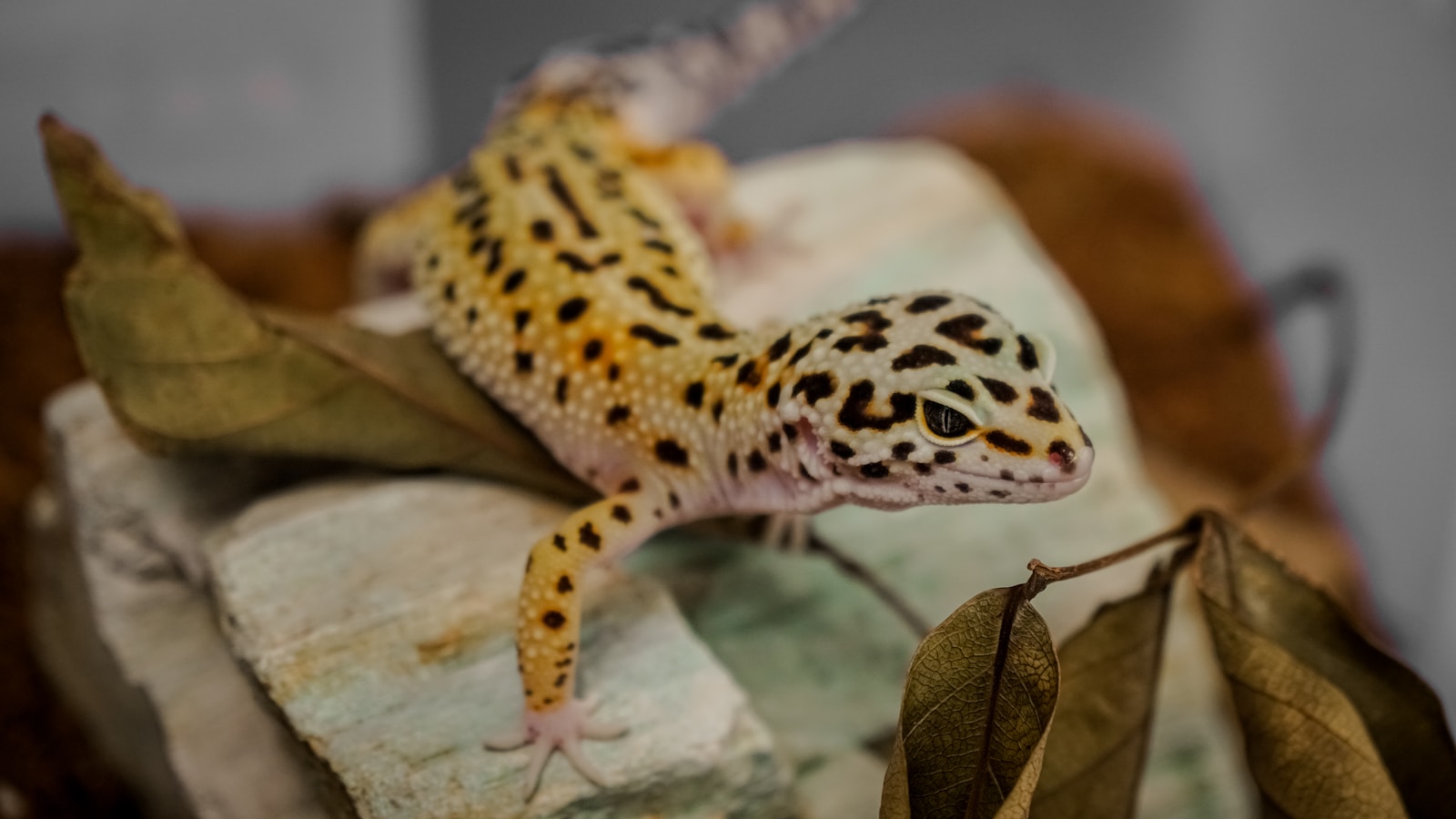
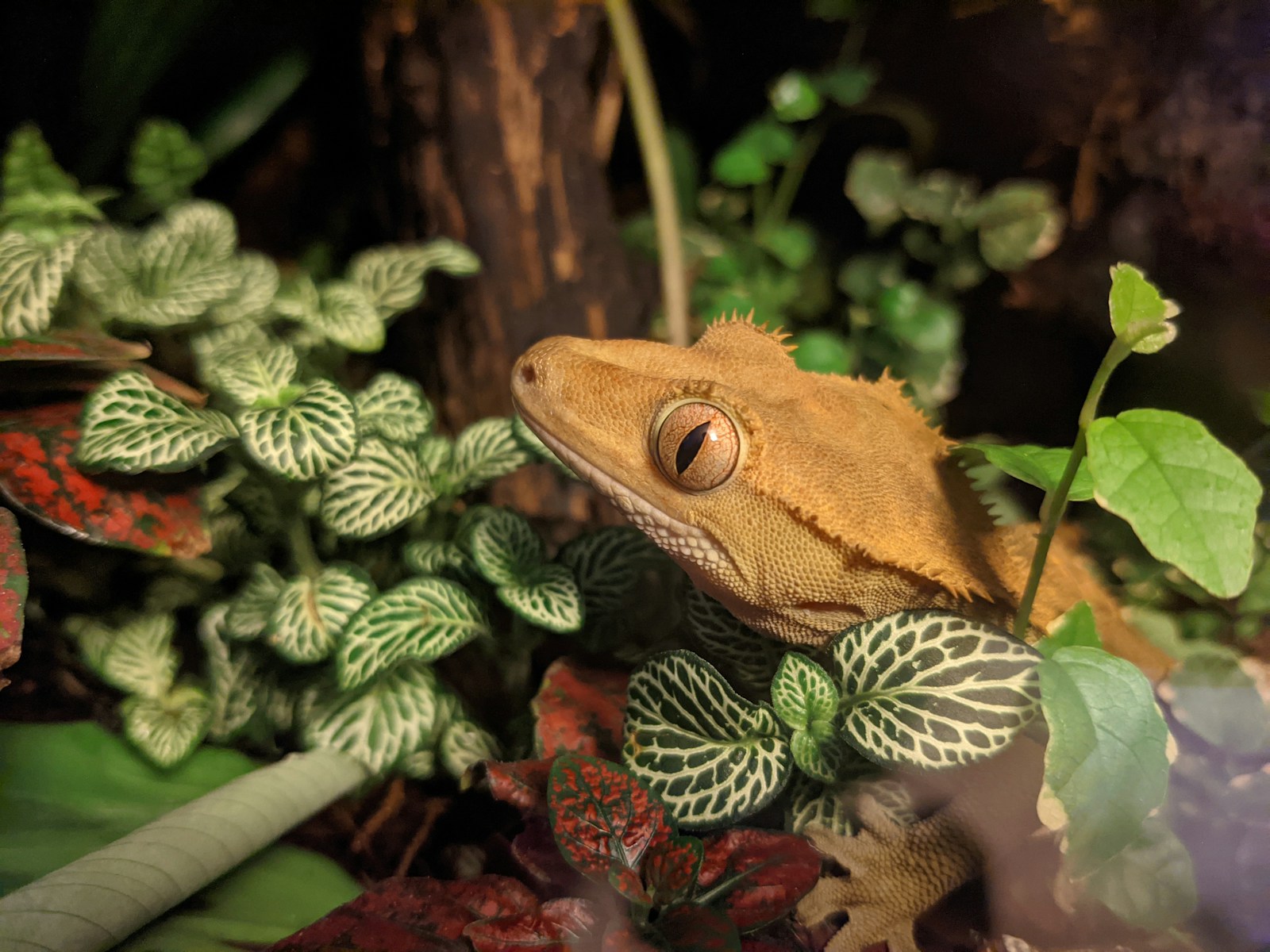
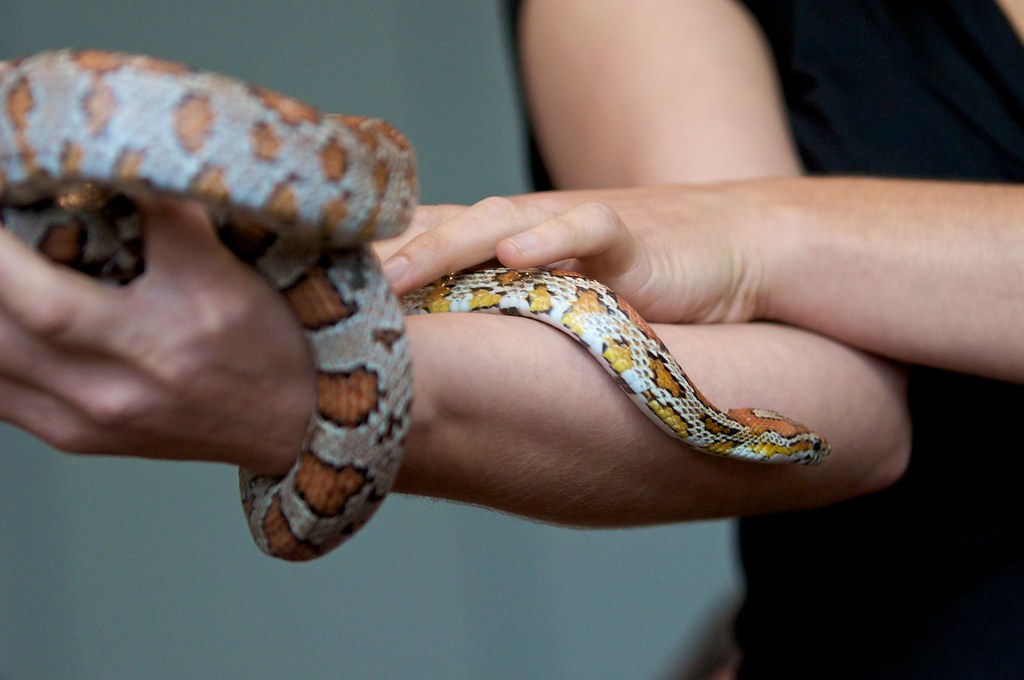


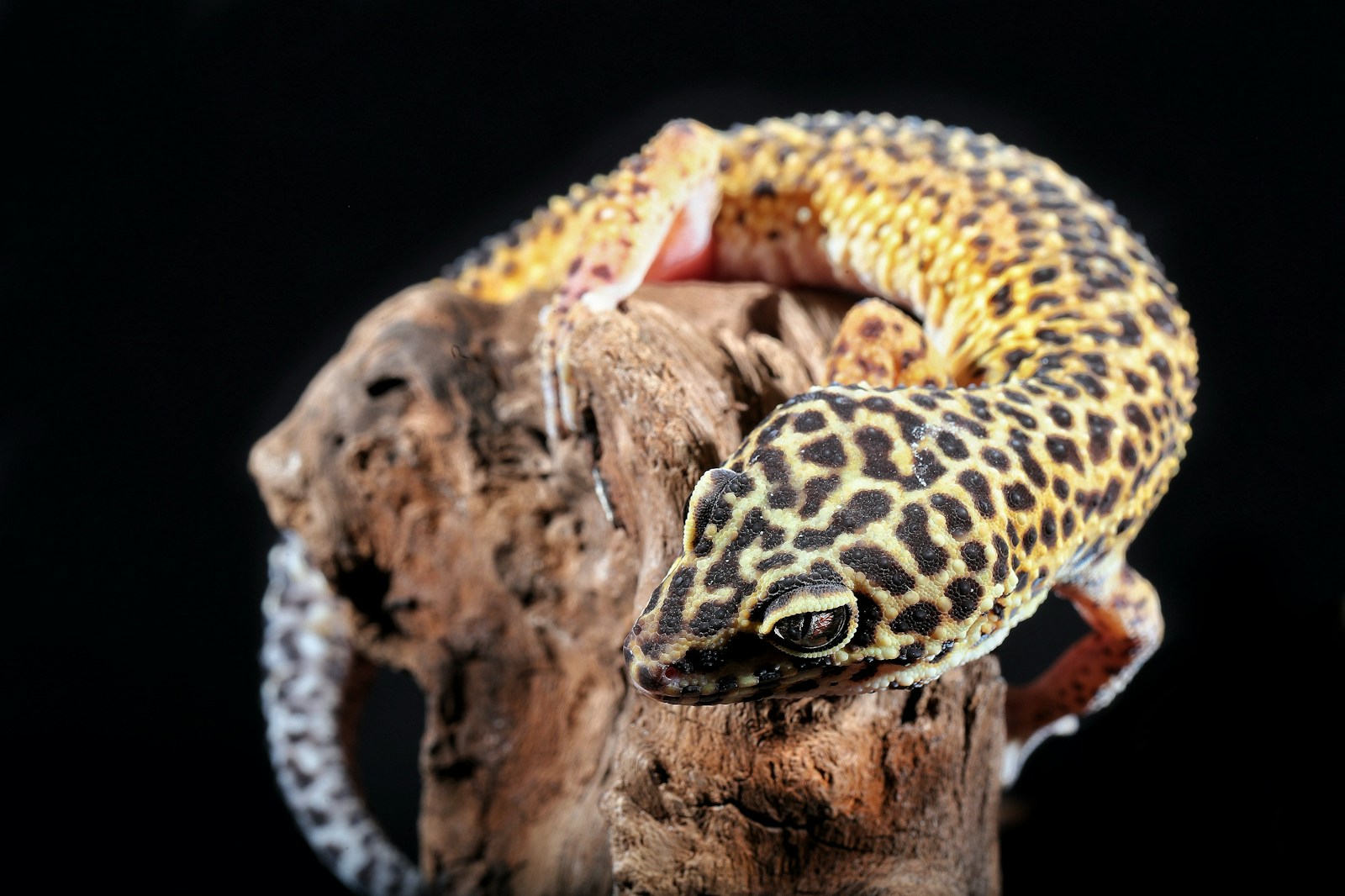
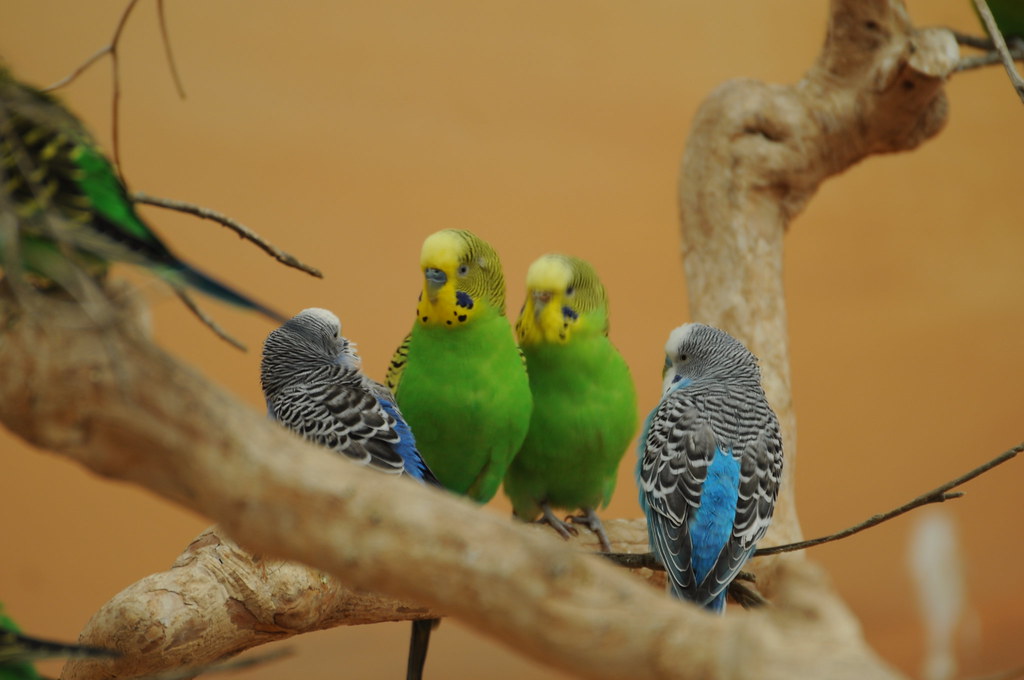
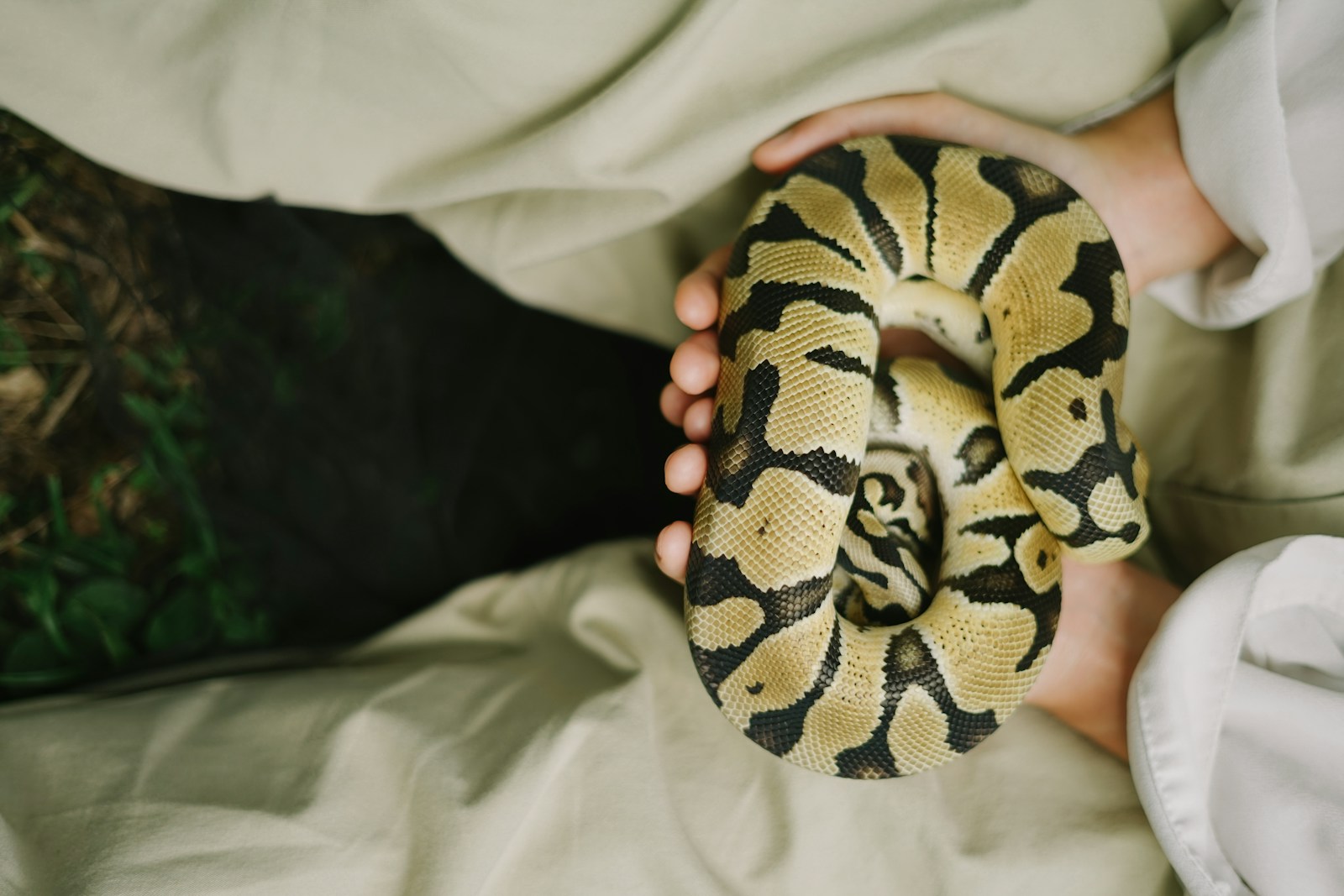

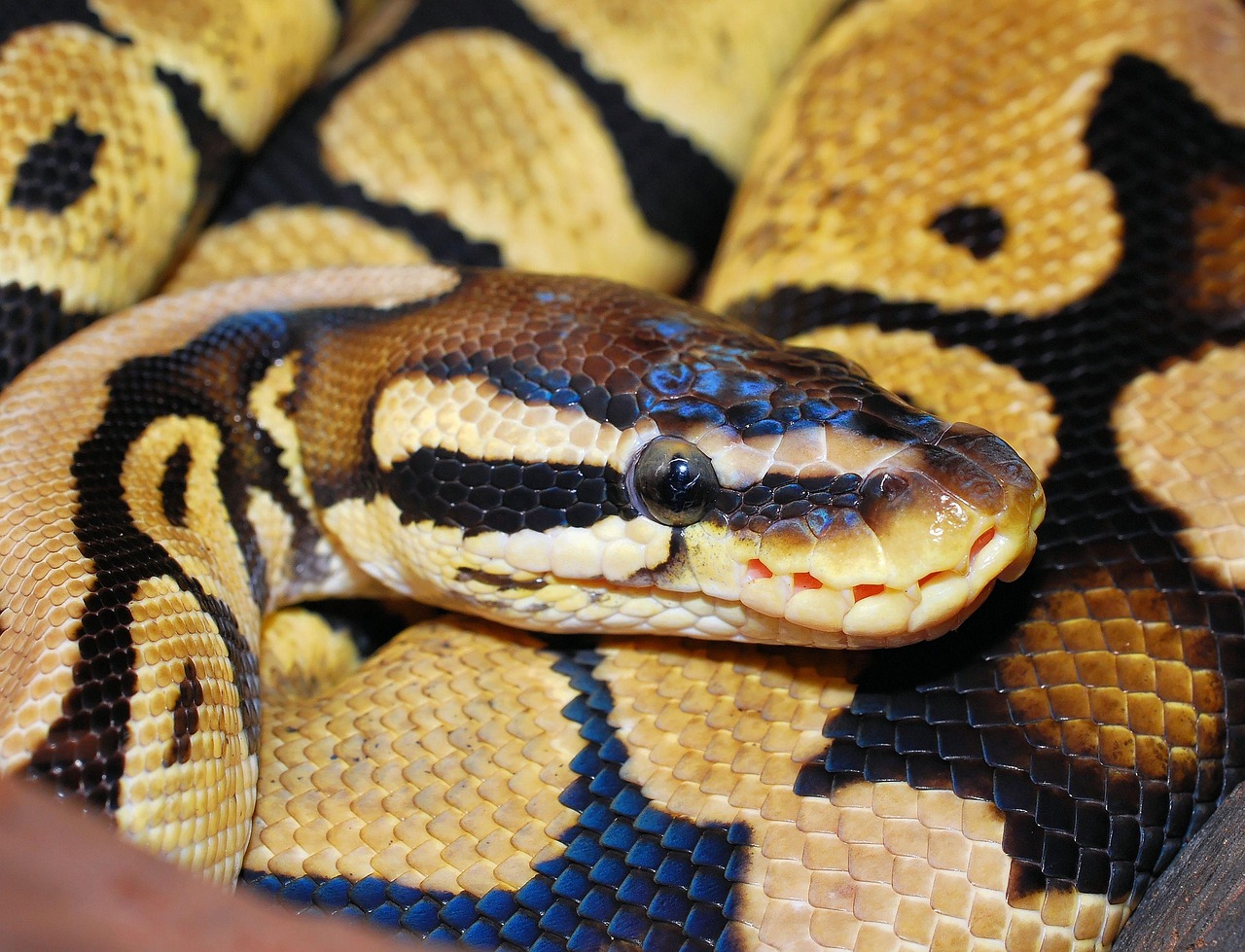
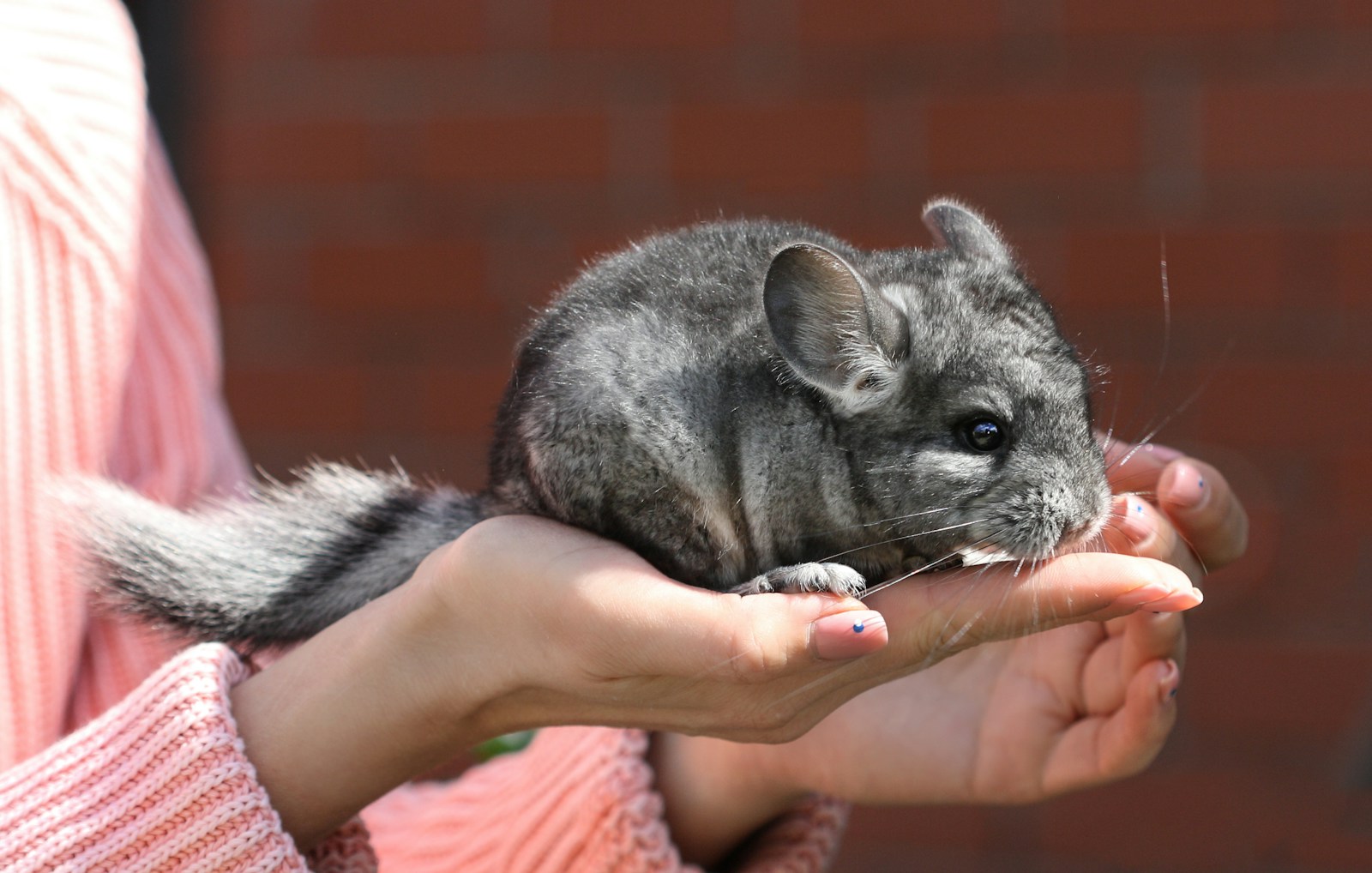

Leave a Reply